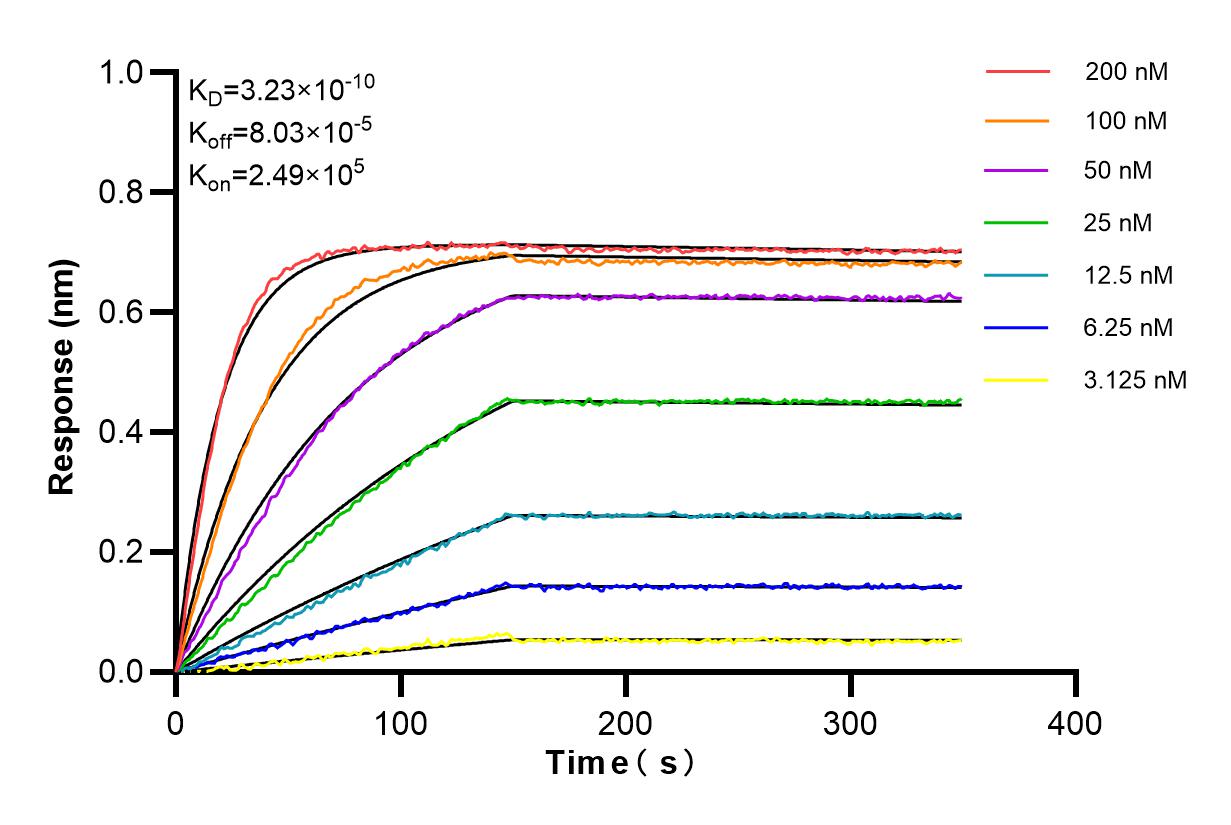FGF19 Rekombinanter Antikörper
FGF19 Rekombinant Antikörper für WB, ELISA
Wirt / Isotyp
Kaninchen / IgG
Getestete Reaktivität
human
Anwendung
WB, ELISA
Konjugation
Unkonjugiert
CloneNo.
241740E4
Kat-Nr. : 84536-3-RR
Synonyme
Geprüfte Anwendungen
| Erfolgreiche Detektion in WB | HT-29-Zellen |
Empfohlene Verdünnung
| Anwendung | Verdünnung |
|---|---|
| Western Blot (WB) | WB : 1:2000-1:10000 |
| It is recommended that this reagent should be titrated in each testing system to obtain optimal results. | |
| Sample-dependent, check data in validation data gallery | |
Produktinformation
84536-3-RR bindet in WB, ELISA FGF19 und zeigt Reaktivität mit human
| Getestete Reaktivität | human |
| Wirt / Isotyp | Kaninchen / IgG |
| Klonalität | Rekombinant |
| Typ | Antikörper |
| Immunogen | FGF19 fusion protein HZ-1330 |
| Vollständiger Name | fibroblast growth factor 19 |
| Berechnetes Molekulargewicht | 216 aa, 24 kDa |
| Beobachtetes Molekulargewicht | 24 kDa |
| GenBank-Zugangsnummer | BC017664 |
| Gene symbol | FGF19 |
| Gene ID (NCBI) | 9965 |
| Konjugation | Unkonjugiert |
| Form | Liquid |
| Reinigungsmethode | Protein-A-Reinigung |
| Lagerungspuffer | PBS with 0.02% sodium azide and 50% glycerol |
| Lagerungsbedingungen | Bei -20°C lagern. Nach dem Versand ein Jahr lang stabil Aliquotieren ist bei -20oC Lagerung nicht notwendig. 20ul Größen enthalten 0,1% BSA. |
Hintergrundinformationen
Fibroblast growth factor 19 (FGF19) is a member of the fibroblast growth factor family, which consists of proteins with diverse effects on development, organogenesis, and metabolism. FGF19 is unique within this family as it functions as an endocrine protein, circulating in the blood and acting on distant target tissues. It is produced in the distal ileum and secreted into the circulation after a meal, playing a role in controlling the enterohepatic circulation of bile acids and regulating hepatic protein and glycogen metabolism in an insulin-independent manner. .
Protokolle
| PRODUKTSPEZIFISCHE PROTOKOLLE | |
|---|---|
| WB protocol for FGF19 antibody 84536-3-RR | Protokoll herunterladen |
| STANDARD-PROTOKOLLE | |
|---|---|
| Klicken Sie hier, um unsere Standardprotokolle anzuzeigen |




